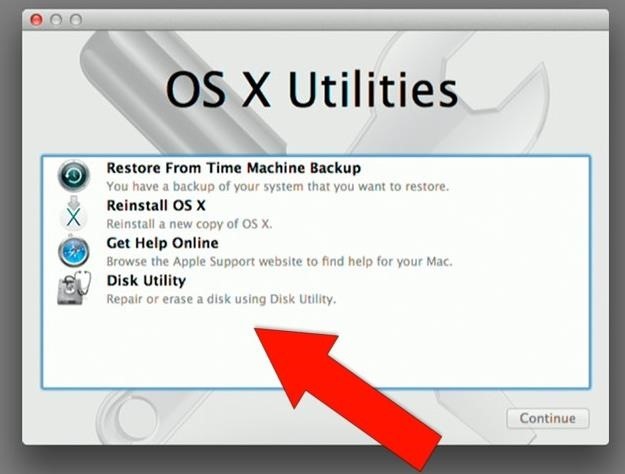
/InstallSnowLeopard-56a5d52e5f9b58b7d0dea15f.jpg)
To access OS X Recovery, reboot the computer while holding the Option key. When the OS X Recovery Disk Assistant completes, the new partition will not be visible in the Finder or Disk Utility. Insert an external drive, launch the OS X Recovery Disk Assistant, select the drive where you would like to install, and follow the on screen instructions. To create an external OS X Recovery, download the OS X Recovery Disk Assistant application. Note: In order to create an external OS X Recovery using the OS X Recovery Assistant, the Mac must have an existing Recovery HD.

The OS X Recovery Disk Assistant lets you create OS X Recovery on an external drive that has all of the same capabilities as the built-in OS X Recovery: reinstall Lion or Mountain Lion, repair the disk using Disk Utility, restore from a Time Machine backup, or browse the web with Safari. Updated December 2019: Everything is up to date through macOS Catalina.Built right into OS X, OS X Recovery lets you repair disks or reinstall OS X without the need for a physical disc. If you have any more questions about reinstalling macOS on your Mac, let us know in the comments. How to set up and customize your Mac from scratch Questions?

If you're starting from scratch, you'll need to set up your Mac from scratch. Your Mac will now go through the normal macOS installation process, eventually restarting.

Press Options - Command - R to upgrade to the latest version of macOS that's compatible with your Mac.Press Command - R to install the latest version of macOS that was installed on your Mac without installing a later version.


 0 kommentar(er)
0 kommentar(er)
